


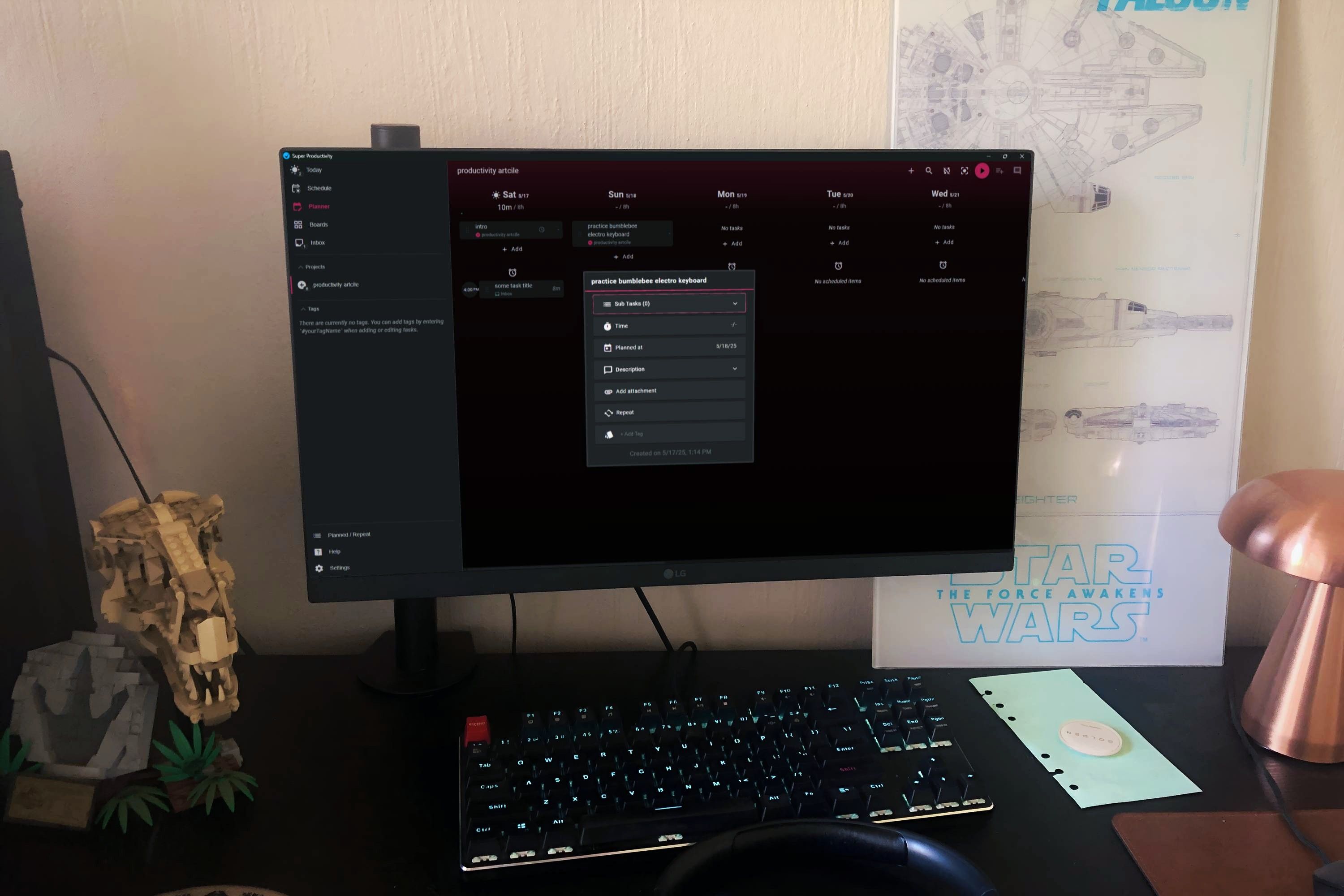
In an era dominated by digital solutions, the resurgence of analog productivity habits is gaining traction among professionals seeking to reclaim focus and mental clarity. Analog methods—such as using paper planners, physical notebooks, or whiteboards—offer a tactile, distraction-free alternative to the constant pings and pop-ups of digital devices. Research from the American Psychological Association highlights that manual note-taking and task tracking can improve memory retention and deepen engagement, with 62% of participants in a recent study reporting heightened focus when using analog tools for daily planning.
Real-world examples abound: executives at major tech firms like Google and Twitter have publicly shared their reliance on handwritten journals to prioritize tasks and reflect on goals. These analog routines help break the cycle of digital overload, providing a buffer against the fatigue caused by endless notifications and multitasking. For instance, Cal Newport, author of "Deep Work," advocates for analog planning as a means to foster deliberate, uninterrupted thinking—a practice increasingly adopted by knowledge workers and creatives alike.
Analog habits also offer practical advantages in unpredictable environments. During internet outages or device failures, paper-based systems ensure workflow continuity and prevent productivity stalls. Moreover, the act of physically writing down tasks or ideas encourages intentionality, making it easier to filter out non-essential activities and focus on what truly matters. This deliberate approach is echoed in the routines of high-performing professionals who use daily or weekly reviews—often on paper—to assess progress and recalibrate priorities.
Integrating analog habits doesn’t require abandoning digital tools altogether. Many find success in hybrid systems, where analog methods are used for high-level planning and reflection, while digital platforms handle reminders and collaboration. This balance helps reduce cognitive fatigue and supports sustained attention throughout the workday. Over time, professionals who adopt analog routines report improvements in attention span, creativity, and overall well-being.
As organizations grapple with the challenges of remote and hybrid work, analog productivity strategies are being incorporated into team rituals as well. Some companies encourage employees to start meetings with handwritten agendas or to take screen breaks for analog brainstorming sessions. These practices not only enhance focus but also foster a culture of mindfulness and intentionality—qualities that are increasingly vital in today’s fast-paced, tech-driven workplaces.
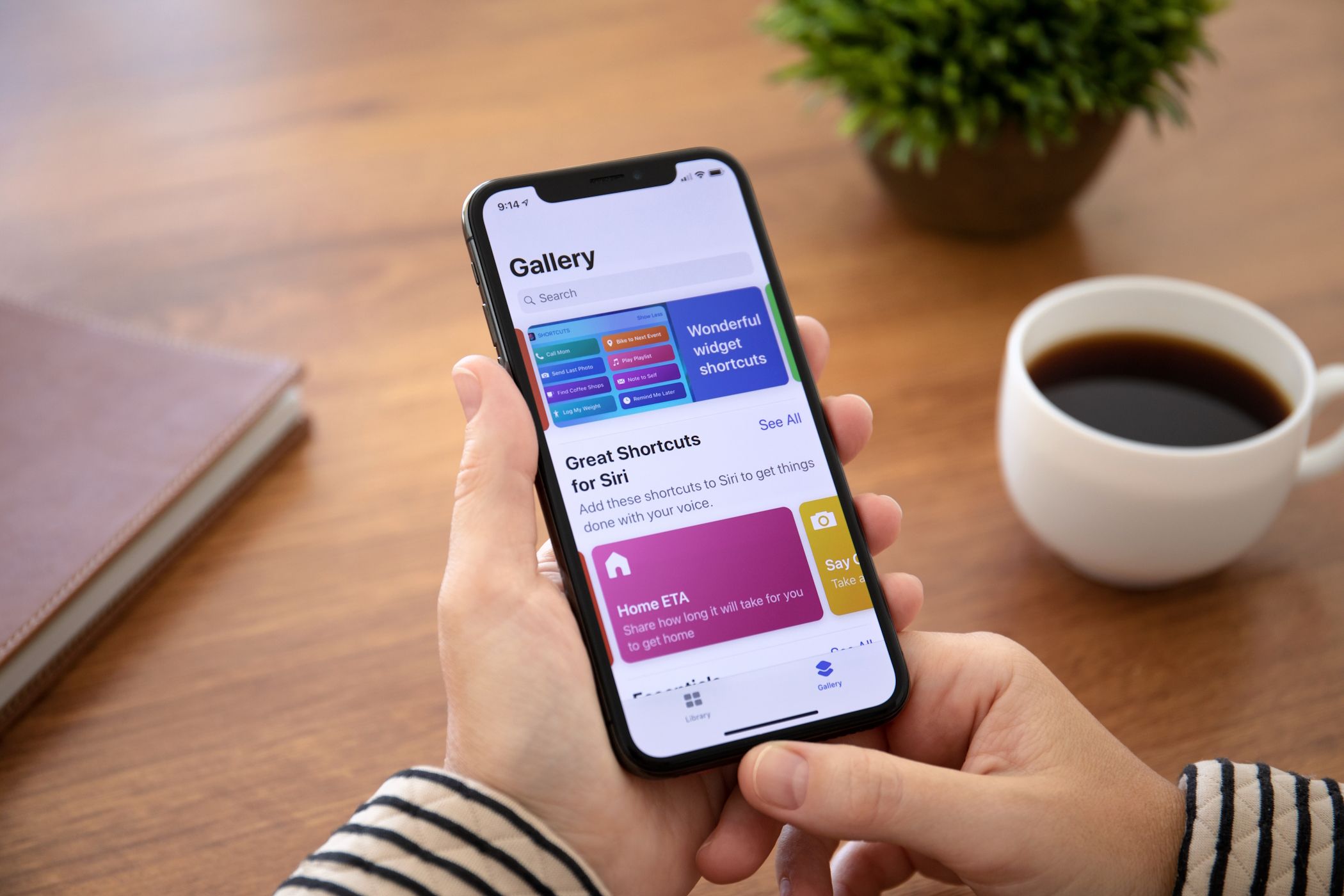
Apple’s iPhone Shortcuts app has emerged as a powerful tool for anyone looking to streamline their daily routines and reclaim valuable time. One standout example is the “Hold That Thought” Shortcut, which allows users to quickly capture fleeting ideas, reminders, or tasks with a single tap or voice command—without breaking their workflow. This feature is especially valuable for professionals who juggle multiple projects or frequently switch contexts throughout the day.
According to a 2024 survey by RescueTime, nearly 48% of users who adopted iPhone Shortcuts for time management reported smoother transitions between tasks and a significant reduction in cognitive overload. The ability to offload mental clutter instantly means users can stay focused on their current priorities, knowing that important thoughts are safely stored for later review. This is particularly beneficial in creative fields, where inspiration can strike unexpectedly, or in fast-paced environments where interruptions are common.
Beyond idea capture, iPhone Shortcuts can automate a wide range of time-consuming tasks. For instance, users can set up automations to send daily agenda summaries, trigger focus modes during meetings, or even log work hours with a single tap. These automations eliminate repetitive manual steps, freeing up mental bandwidth for more strategic work. Real-life examples include freelancers who use Shortcuts to generate and send invoices automatically, or managers who schedule recurring reminders for team check-ins.
The app’s deep integration with iOS means that users don’t need to install third-party software, lowering the barrier to entry and ensuring a seamless experience. Shortcuts can be triggered via Siri, widgets, or automation schedules, making them accessible in any context. This flexibility has led to widespread adoption among both individuals and organizations seeking to optimize their workflows.
Experts like productivity coach Tiago Forte emphasize the importance of building a personal automation toolkit, and iPhone Shortcuts provide an accessible entry point. By starting with simple automations—such as a shortcut to silence notifications during deep work sessions—users can gradually build more complex workflows tailored to their unique needs. Over time, these small changes compound, leading to measurable gains in efficiency and work-life balance.
As digital time management continues to evolve, tools like iPhone Shortcuts are setting new standards for personal productivity. By empowering users to automate routine tasks and capture ideas effortlessly, they support a more intentional, focused approach to work—helping individuals and teams thrive in an increasingly fast-paced world.
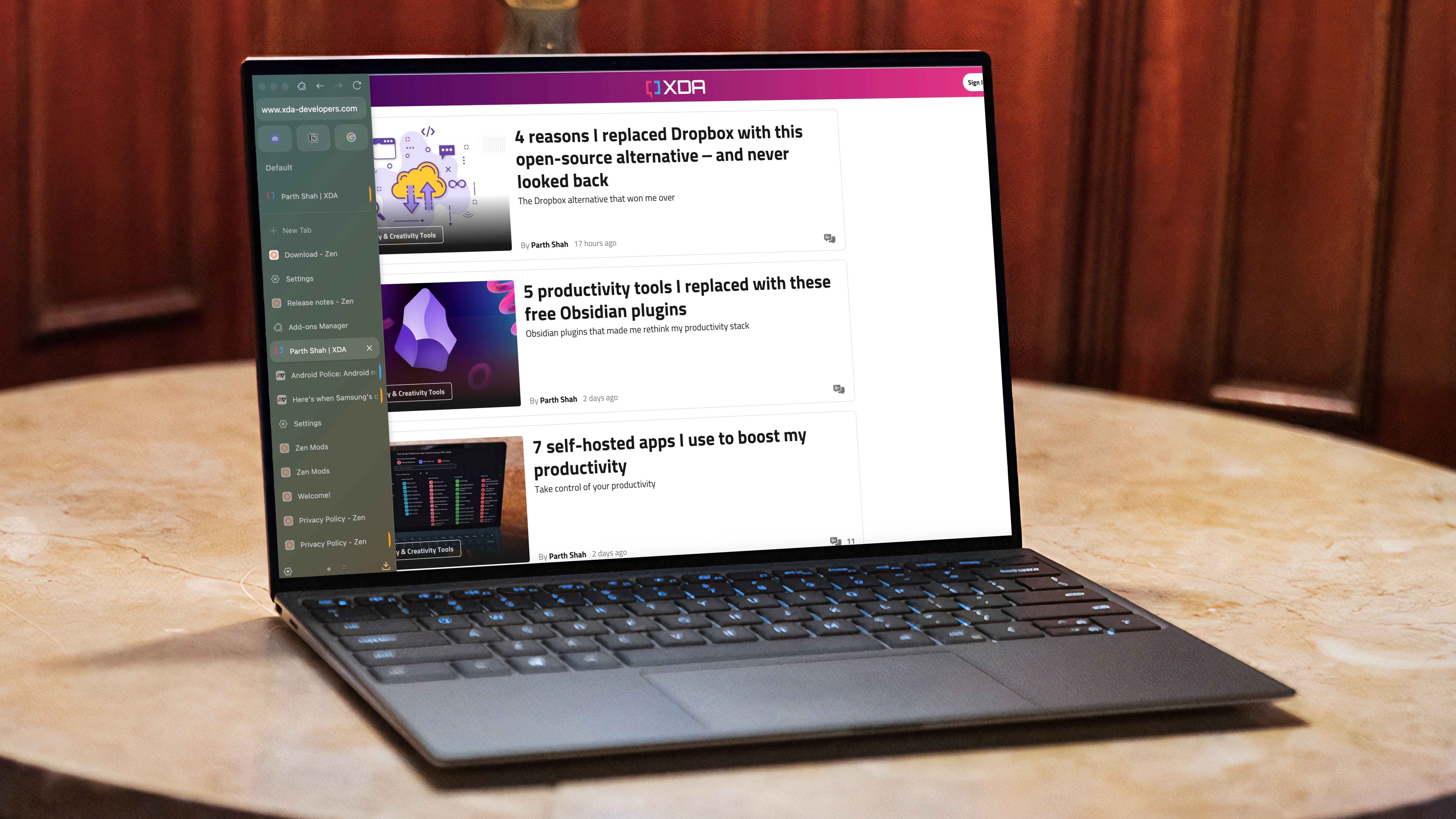
Minimalist browsers are rapidly gaining popularity among professionals and students seeking to reclaim their focus in a world saturated with digital distractions. Unlike traditional browsers loaded with extensions, notifications, and recommendation feeds, minimalist browsers like Zen, Arc, and Min are purpose-built to reduce cognitive overload and encourage intentional browsing. According to a 2025 survey by Digital Wellness Collective, users who switched to minimalist browsers reported a 30% reduction in open tabs and a 55% decrease in feelings of overwhelm during work sessions.
These browsers achieve their focus-enhancing effects by stripping away non-essential features—such as news feeds, social media integrations, and even bookmarks—leaving only the core browsing experience. For example, Zen browser offers a clean interface with no visible toolbars or notifications, allowing users to immerse themselves in their current task. This design philosophy mirrors the principles of digital minimalism, as advocated by experts like Cal Newport, who argue that reducing digital clutter is key to achieving deep work and sustained concentration.
In practical terms, minimalist browsers support better tab management through features like tab grouping, session saving, and distraction-blocking modes. Professionals in fields such as software development, writing, and research have found that these tools help them maintain a single-task focus, reducing the temptation to context-switch or engage in unplanned browsing. For instance, writers using Arc browser have reported higher word counts and fewer interruptions, while developers appreciate the improved system performance and faster load times.
Organizations are also taking note. Some tech companies now recommend minimalist browsers as part of their digital wellness initiatives, aiming to foster calmer, more productive work environments. By standardizing on distraction-free browsers, teams can collectively reduce digital noise and create a culture that values deep focus over constant connectivity.
Looking ahead, the adoption of minimalist browsers is poised to influence broader workplace norms. As more individuals and companies prioritize intentional technology use, we may see a shift away from feature-bloated software toward tools that support mindful, purpose-driven work. The rise of minimalist browsers is a testament to the growing recognition that less can indeed be more—especially when it comes to achieving clarity, creativity, and sustained productivity in the digital age.
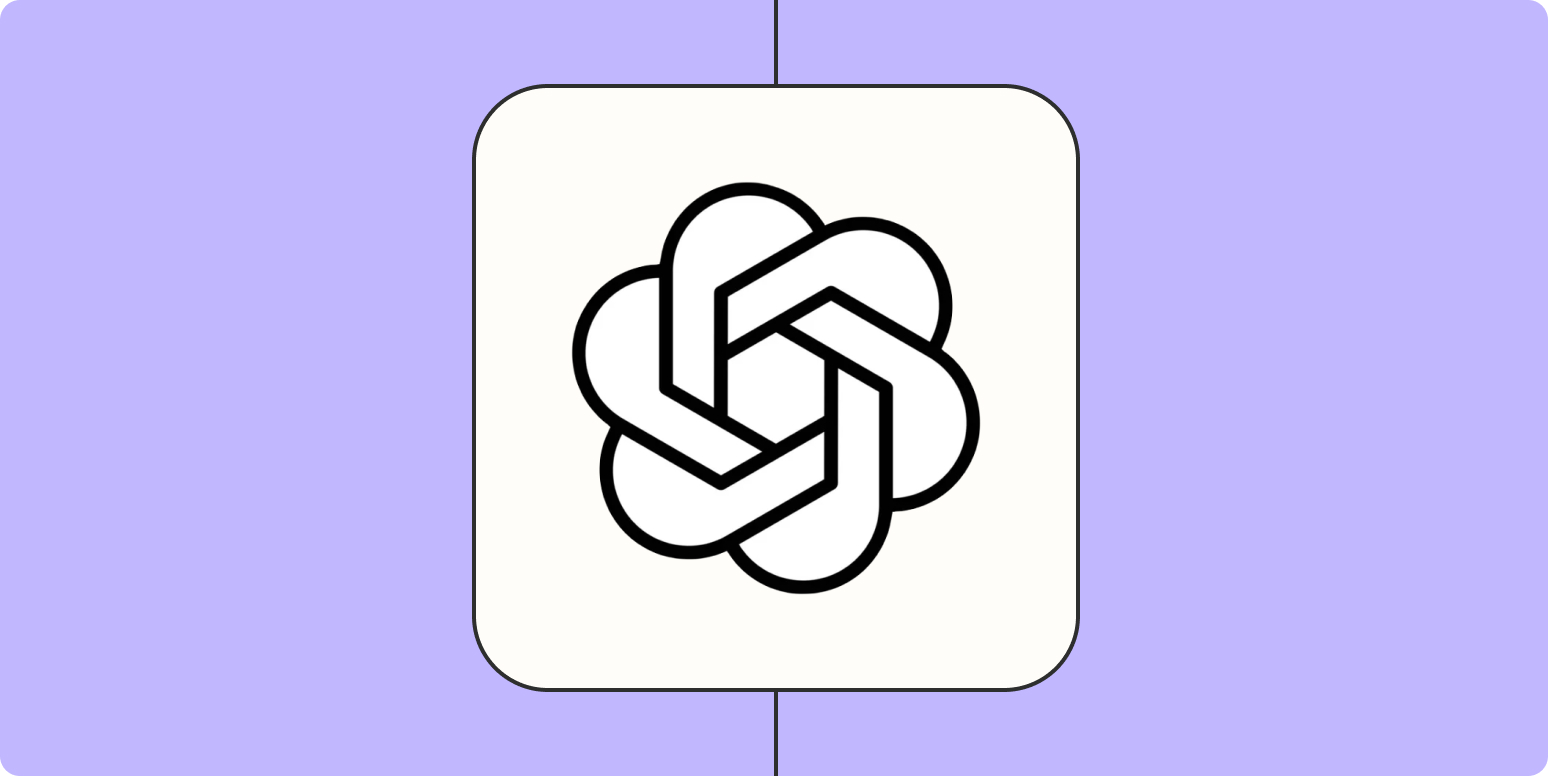
The integration of AI-powered tools into workflow automation is fundamentally reshaping how businesses operate, regardless of size or industry. Zapier’s partnership with OpenAI’s Responses API exemplifies this shift, enabling organizations to automate complex tasks—such as customer support, content generation, and data analysis—without the need for coding expertise. According to a 2024 Zapier report, businesses leveraging these AI-driven automations have reduced manual workflow time by up to 40%, freeing employees to focus on higher-value activities.
One of the most significant advantages of AI-powered automation is its accessibility. No-code platforms like Zapier democratize advanced technology, allowing small businesses and solo entrepreneurs to implement sophisticated solutions that were once the domain of large enterprises. For example, a small e-commerce retailer can now use AI to automatically respond to customer inquiries, update inventory records, and generate personalized marketing content—all without hiring a dedicated IT team.
Real-world case studies highlight the transformative impact of these tools. Early adopters report a 25% increase in operational efficiency and a marked improvement in customer satisfaction, as routine queries are handled instantly and accurately. In the legal sector, firms use AI automations to draft standard documents and manage case files, while marketing agencies deploy AI to analyze campaign performance and optimize ad spend in real time.
Experts like Ben Tossell, founder of Makerpad, emphasize that the true power of AI automation lies in its ability to shift organizations from reactive task management to proactive workflow design. By automating repetitive processes, teams can anticipate bottlenecks, allocate resources more effectively, and scale operations without proportional increases in headcount.
As AI-powered tools become mainstream, their influence extends beyond efficiency gains. They are driving a cultural change within organizations, encouraging experimentation, continuous learning, and a focus on strategic problem-solving. The long-term implications are profound: businesses that embrace AI automation are better positioned to adapt to market changes, innovate rapidly, and maintain a competitive edge in an increasingly digital economy.
Looking forward, the evolution of AI-powered workflow automation will likely accelerate, with new integrations and capabilities emerging at a rapid pace. Organizations that invest in these tools today are not only optimizing their current operations but also laying the foundation for future growth and resilience in a world where agility and intelligence are paramount.
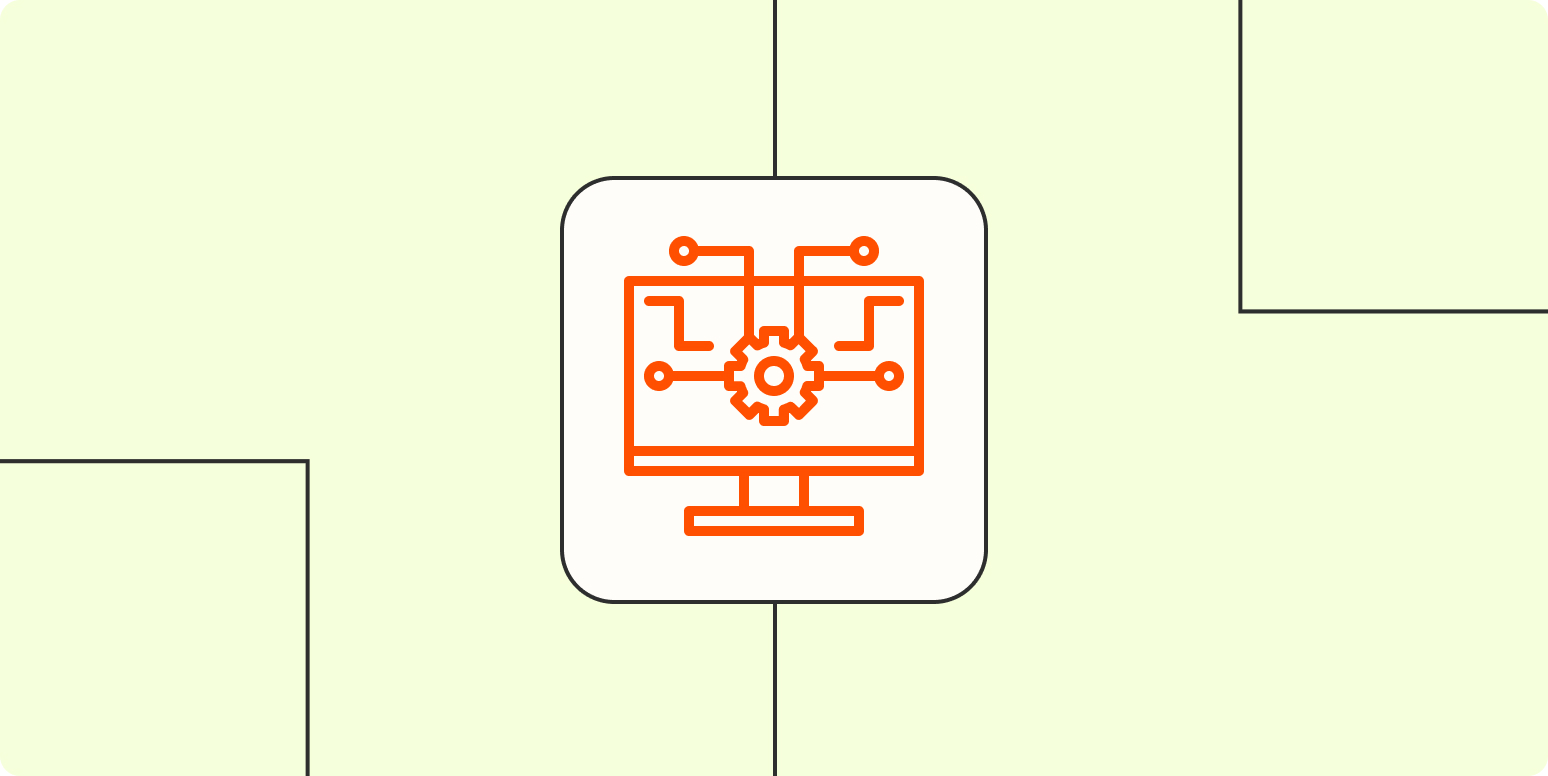
AIOps, or Artificial Intelligence for IT Operations, is rapidly emerging as a cornerstone of modern workflow intelligence, transforming how organizations monitor, manage, and optimize complex digital infrastructures. By leveraging machine learning, predictive analytics, and intelligent automation, AIOps platforms can detect anomalies, forecast system failures, and automate routine responses—often before human operators are even aware of an issue. According to Gartner, companies implementing AIOps have seen a 60% reduction in incident response times and a 35% decrease in critical system failures.
The practical impact of AIOps is evident across industries. In financial services, for example, AIOps tools monitor transaction flows in real time, flagging suspicious activity and preventing outages that could disrupt trading or customer access. In healthcare, hospitals use AIOps to ensure the reliability of electronic medical records and connected devices, minimizing downtime and safeguarding patient care. These real-world applications underscore the technology’s ability to enhance both operational resilience and service quality.
One of the key strengths of AIOps is its capacity to handle scale and complexity. As organizations migrate to cloud-based architectures and adopt microservices, the volume of data generated by IT systems has exploded. Traditional monitoring tools struggle to keep pace, often resulting in alert fatigue and missed incidents. AIOps platforms, by contrast, can analyze vast datasets in real time, correlating signals across multiple sources to provide actionable insights and prioritize critical issues.
Industry experts like Will Cappelli, a leading AIOps analyst, note that the technology is shifting IT teams from a reactive, firefighting posture to a proactive, strategic role. By automating routine troubleshooting and surfacing root causes quickly, AIOps frees up skilled personnel to focus on innovation and long-term improvements. This shift not only boosts productivity but also supports organizational agility in the face of rapid technological change.
Looking ahead, the adoption of AIOps is expected to accelerate as digital transformation initiatives intensify. Organizations that invest in workflow intelligence today will be better equipped to anticipate challenges, optimize performance, and deliver seamless digital experiences to customers and employees alike. Ultimately, AIOps represents a critical step toward self-healing, adaptive IT environments that underpin the next generation of business success.
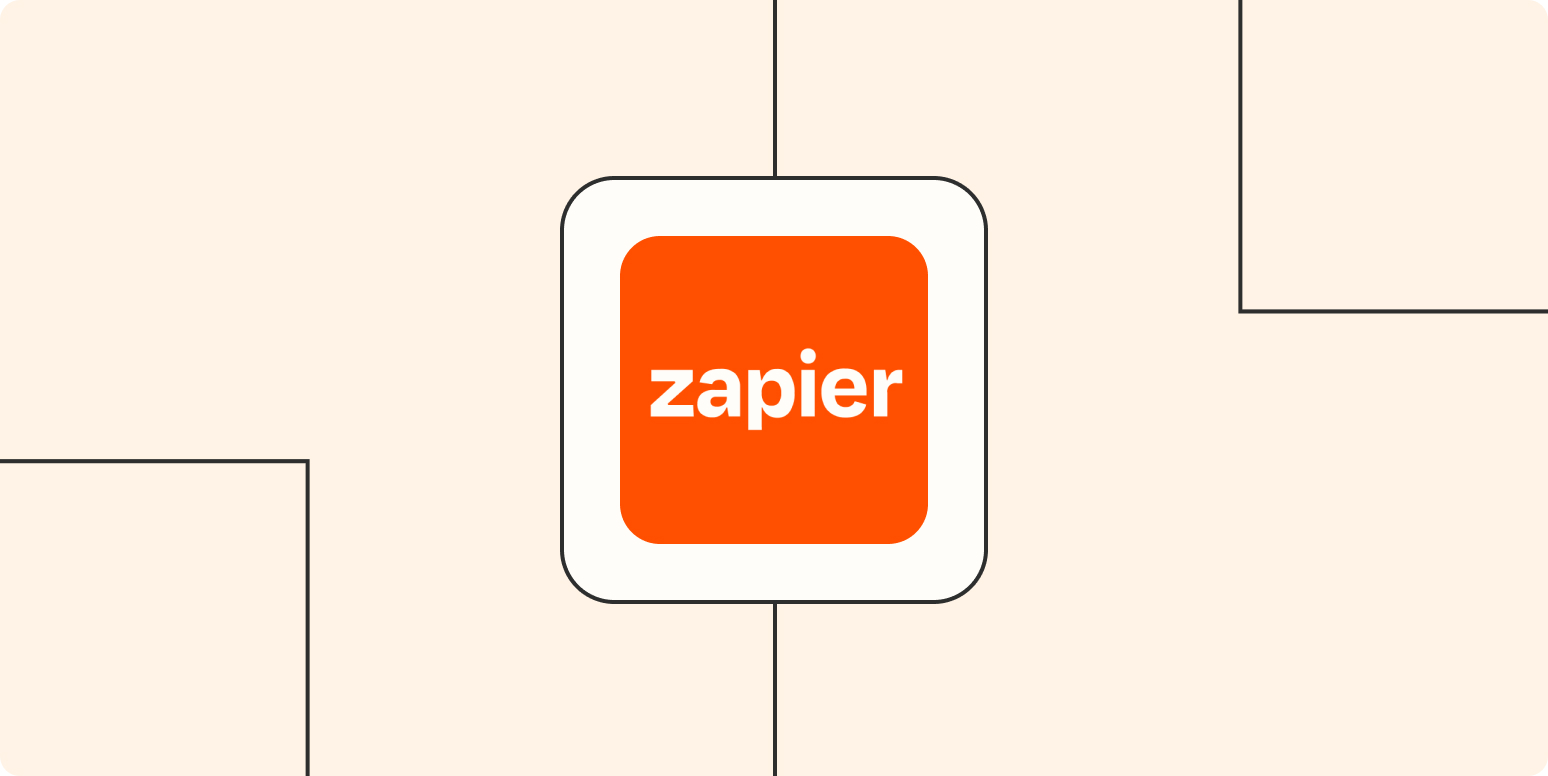
Zapier’s journey from a self-serve SaaS platform to an enterprise-focused sales powerhouse is a masterclass in habit-driven transformation. When the company decided to move upmarket, its sales team faced a new set of challenges: longer deal cycles, complex stakeholder management, and the need for deep, consultative relationships. To meet these demands, Zapier’s leadership overhauled daily routines, embedding new habits that prioritized relationship-building, continuous learning, and the strategic use of automation.
One of the most impactful changes was the adoption of structured outreach blocks—dedicated periods each day for personalized prospecting and follow-ups. This habit, supported by automation tools that handled administrative tasks like data entry and meeting scheduling, allowed reps to focus on high-value interactions. The results were striking: average enterprise deal size increased by 35%, and the time spent on manual tasks was cut in half. These gains were not just quantitative; qualitative feedback from clients highlighted the team’s responsiveness and consultative approach as key differentiators.
Zapier also fostered a culture of continuous improvement by institutionalizing regular feedback loops. Sales reps shared insights from customer conversations in daily stand-ups, which were then used to refine messaging, product demos, and objection-handling strategies. This habit of knowledge sharing accelerated learning and ensured that the team could quickly adapt to changing market conditions. Over the following year, client retention jumped by 20%, a testament to the effectiveness of this customer-centric, habit-driven approach.
Crucially, Zapier’s playbook emphasized the importance of blending human connection with automation. Rather than relying solely on technology, the team used automation to augment their efforts—freeing up time for deeper discovery calls, tailored proposals, and proactive account management. This balance enabled reps to deliver a high-touch experience at scale, setting a new standard for SaaS enterprise sales.
As more companies look to emulate Zapier’s success, the lesson is clear: building the right sales habits—supported by smart automation and a culture of learning—can drive sustainable growth and lasting client relationships. In a rapidly evolving SaaS landscape, habit-driven sales teams are poised to lead the way, combining agility, empathy, and data-driven decision-making to win and retain enterprise customers.

In a world where digital distractions are omnipresent, the adoption of simple, intentional tech habits can be a game-changer for personal and professional productivity. The key lies in making small, sustainable changes—such as automating repetitive tasks, consolidating digital tools, and choosing privacy-respecting, open-source alternatives—that collectively yield significant benefits over time. According to a 2025 report by the Digital Wellness Institute, organizations that encourage employees to streamline their tech stacks and automate routine processes have seen IT costs drop by up to 30% and reported a 25% reduction in miscommunication.
One practical example is the use of self-hosted project management tools. By opting for platforms like Kanboard or Nextcloud, teams can maintain control over their data, reduce reliance on third-party services, and tailor workflows to their unique needs. This approach not only enhances privacy but also fosters a sense of ownership and accountability among team members. Research shows that teams using self-hosted solutions experience fewer data breaches and enjoy more consistent collaboration, as everyone works within a unified, customizable environment.
Another powerful habit is the regular review and pruning of digital tools. App sprawl—using too many overlapping apps—can fragment attention and complicate workflows. By periodically auditing and consolidating tools, individuals can eliminate redundancies and focus on mastering a core set of applications. Even learning a single new app shortcut or automation can deliver a noticeable productivity boost, reinforcing the value of intentional technology use.
Experts like Laura Mae Martin, Google’s productivity advisor, recommend starting with incremental changes: automate a daily report, set up a browser extension to block distracting sites, or schedule regular digital declutter sessions. These habits, while simple, create a foundation for sustained focus and resilience, especially in high-pressure or rapidly changing environments.
Ultimately, the hidden power of simple tech habits lies in their cumulative effect. By making small, deliberate adjustments to how we interact with technology, we can reclaim focus, reduce stress, and build routines that support long-term well-being and high performance. In an age of constant connectivity, these habits are not just helpful—they are essential for thriving in both work and life.